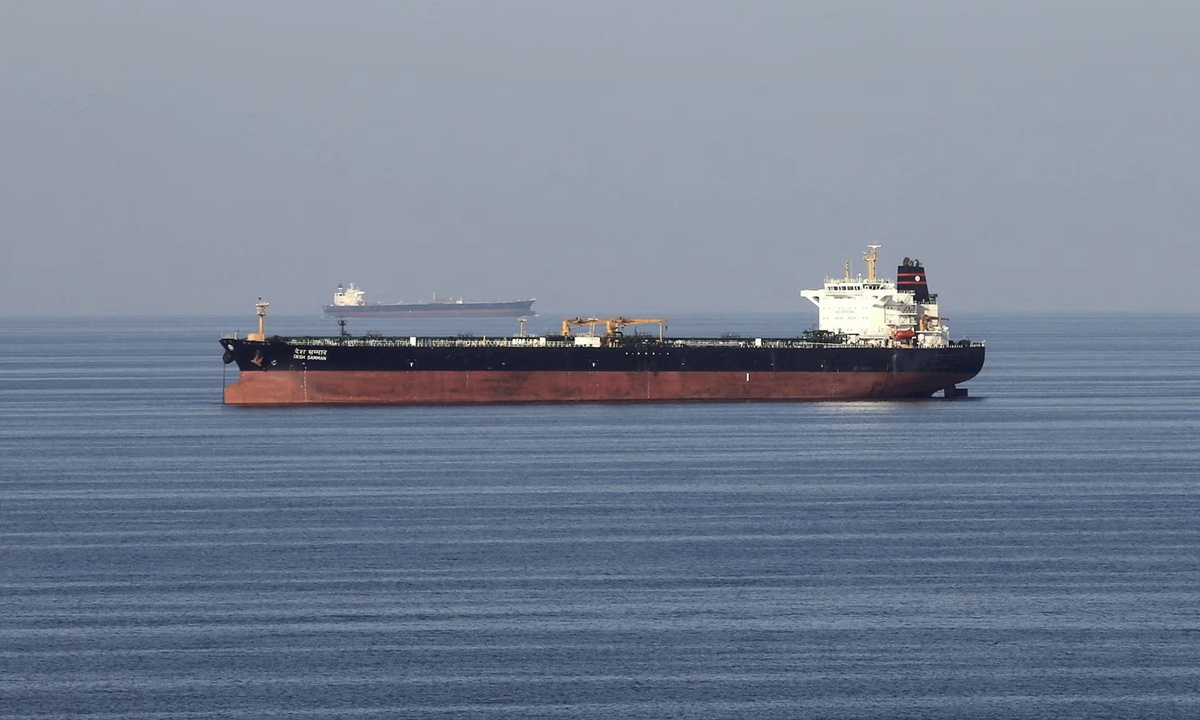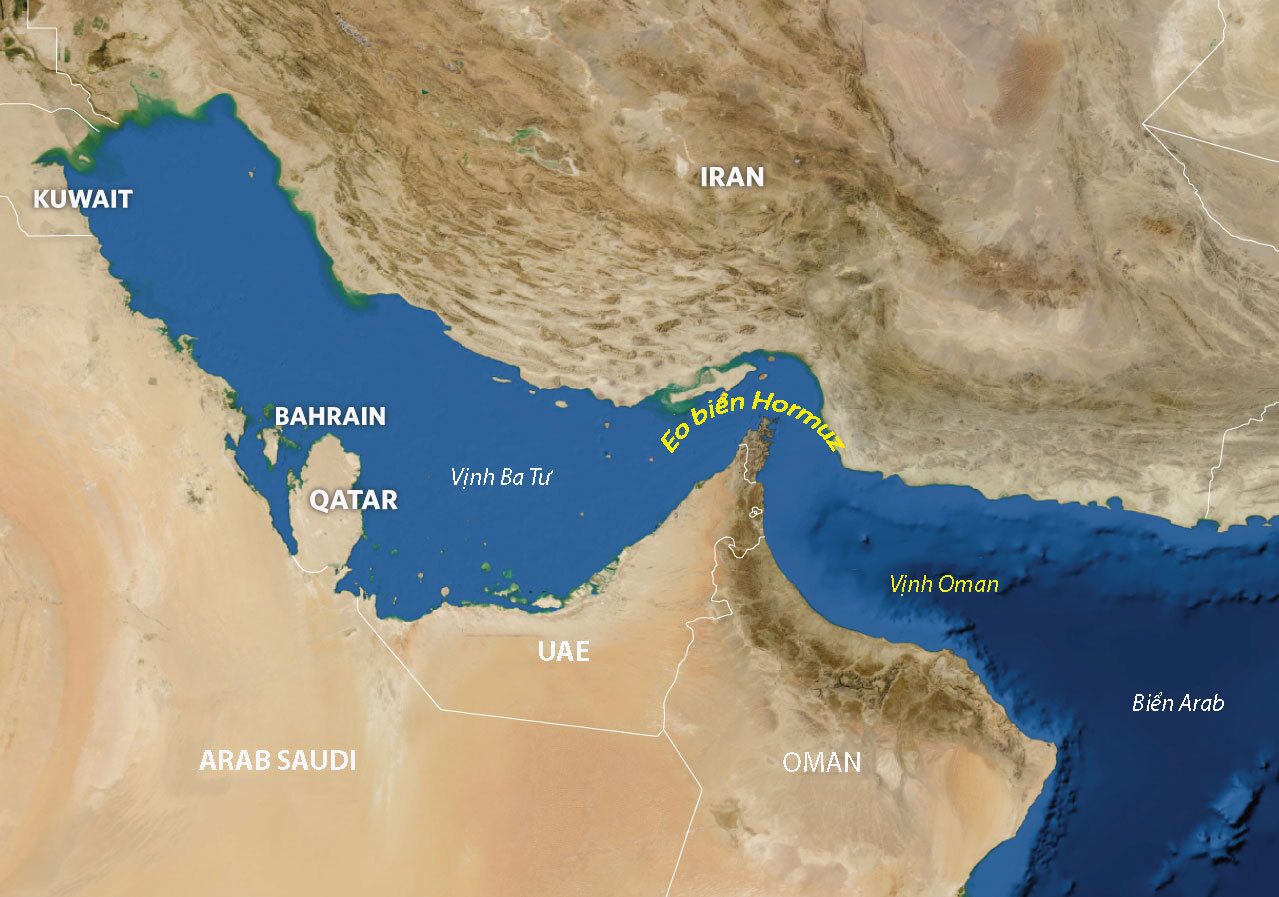On 2/7, Reuters, citing two unnamed US officials, reported that US intelligence detected this activity sometime after Israel launched an attack on Iran on 13/6, sparking a series of retaliatory strikes between the two nations.
The loading of mines onto ships, though not yet deployed in the strait, suggests Tehran may have seriously considered blocking one of the world's busiest shipping lanes. Such a move could escalate the already volatile conflict and severely disrupt global trade.
Approximately 20% of the world's oil and gas passes through the Strait of Hormuz, and a blockade risks a sharp spike in global oil prices.
 |
An oil tanker transits the Strait of Hormuz in 2018. Photo: Reuters |
An oil tanker transits the Strait of Hormuz in 2018. Photo: Reuters
On 22/6, immediately following a US airstrike on three key Iranian nuclear sites, the Iranian parliament reportedly endorsed measures to blockade the Strait of Hormuz.
This decision is non-binding, as the Supreme National Security Council of Iran holds the final authority on such closures. Iran has threatened to close the strait for years but has never followed through.
The exact timing of Iran's loading of mines onto ships during the conflict with Israel remains unclear. If deployed, these mines could have effectively halted shipping traffic through the strait. It is also unknown whether the mines have since been unloaded.
The sources did not disclose how the US determined that Iran had loaded the mines, but such intelligence is typically gathered through satellite imagery, human intelligence, or a combination of both.
The two unnamed officials noted that the US government hasn't ruled out the possibility that the mine loading was a pressure tactic. They suggested Iran might have done so to convince Washington of its seriousness about closing the strait, without actually intending to do so.
The Iranian military might also simply be making necessary preparations should national leaders order a blockade.
The Strait of Hormuz, situated between Oman and Iran, connects the Persian Gulf with the Gulf of Oman to the south and the Arabian Sea beyond. The strait's narrowest point is approximately 34 km wide, with shipping lanes only about 3.2 km wide in each direction.
Several members of the Organization of the Petroleum Exporting Countries (OPEC), such as Saudi Arabia, the United Arab Emirates (UAE), Kuwait, and Iraq, export most of their crude oil through this strait, primarily to Asia. Qatar, a major exporter of liquefied natural gas (LNG), also ships almost all of its LNG through Hormuz.
As of 2019, Iran possessed over 5,000 naval mines, which could be rapidly deployed with the help of small, high-speed boats, according to a US Defense Intelligence Agency estimate at the time.
 |
Location of the Strait of Hormuz and surrounding countries. Graphic: NASA |
Location of the Strait of Hormuz and surrounding countries. Graphic: NASA
The US Navy's Fifth Fleet, based in Bahrain, is tasked with protecting trade routes in the region. The US Navy typically maintains 4 mine countermeasures (MCM) ships in Bahrain, although these are gradually being replaced by littoral combat ships (LCS).
All MCM ships were withdrawn from Bahrain a few days before the US airstrikes on Iranian nuclear facilities as a precaution against a potential retaliatory attack on the Fifth Fleet's headquarters.
However, Iran's retaliation was ultimately limited to a missile attack on a US military base in nearby Qatar. On 24/6, Iran and Israel accepted a ceasefire brokered by US President Donald Trump, with both sides claiming victory.
Vu Hoang (Reuters)












